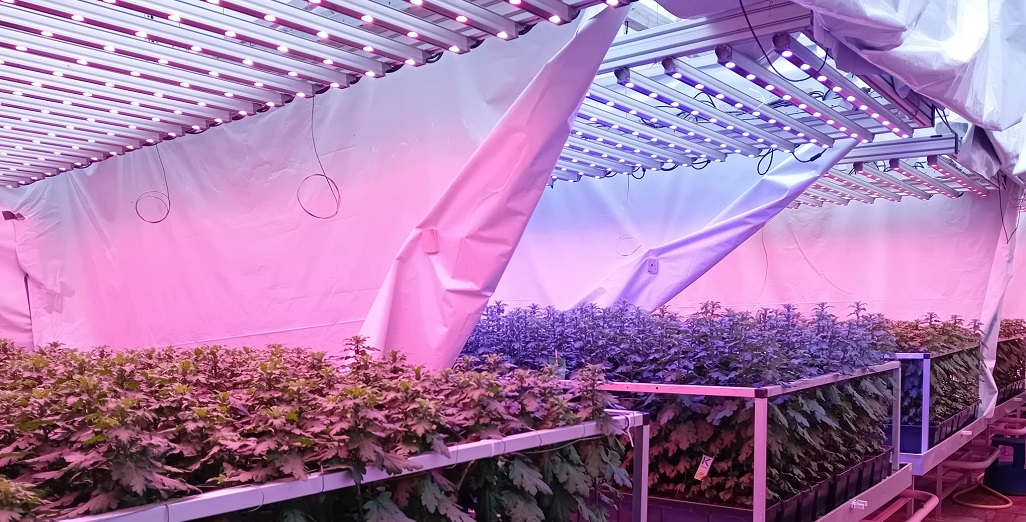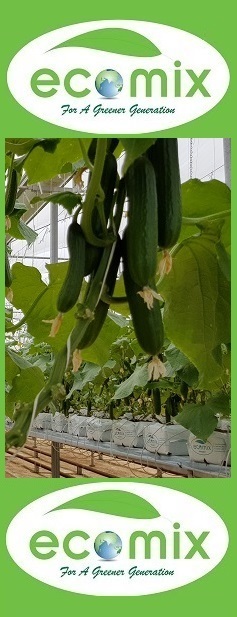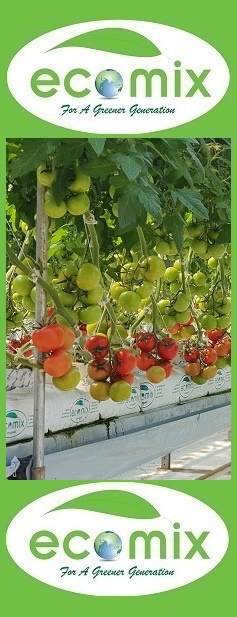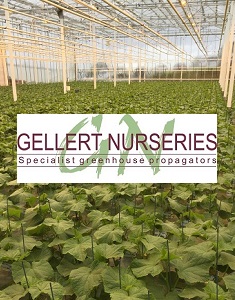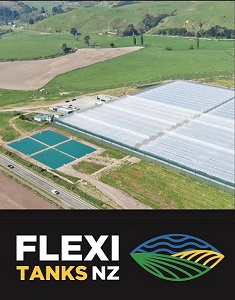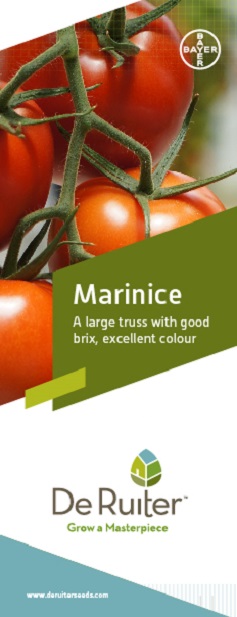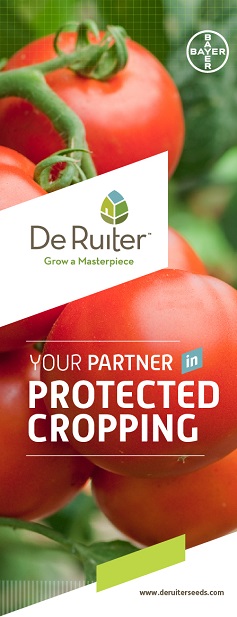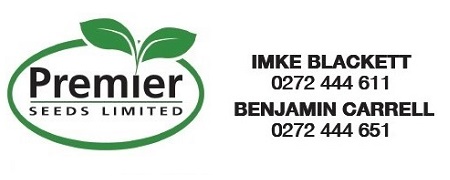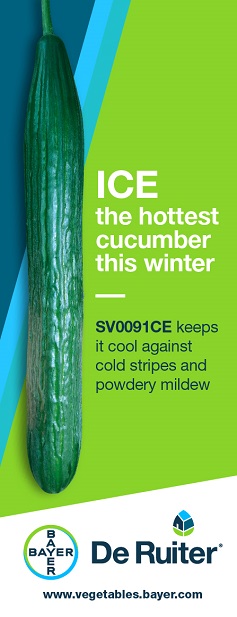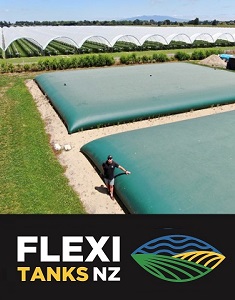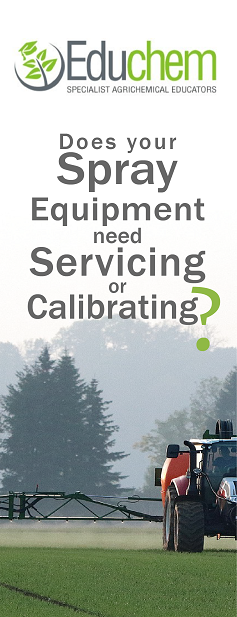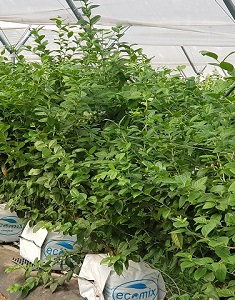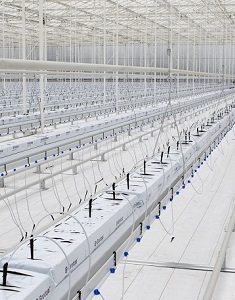Sign up here to subscribe to the Grower2grower Ezine. Every two weeks you will receive new articles, specific to the protected cropping industry, informing you of industry news and events straight to your inbox.
Oct 2019
Grafted Cucumbers faster to harvest
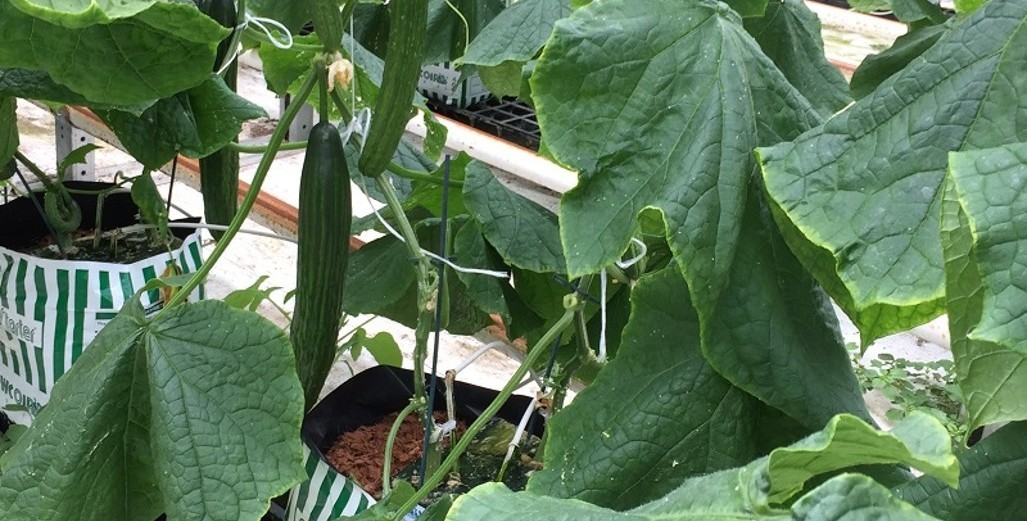
Part 3
Following a trial of 1000 grafted cucumber plants, I was not expecting to see such a vast difference so early in the crop cycle. When I visited last week, I was astounded to see how much quicker the grafted plants were reaching harvest than the standard non-grafted plant. The grafted cucumbers were due to be harvested the day I took the photos below. The other visible difference was the short internodes on the grafted plants compared to the standard non-grafted plant.
I would estimate the grafted plants will be harvested approximately 3-5 days faster. This increase is quite astonishing and may mean at least one extra cucumber per plant for the length of the crop. This alone would pay for the additional cost of the grafting. The short internodes may also help growers, using the umbrella system, achieve at least one more fruit to the wire. The possibilities are very exciting but caution needs to be exercised, or my enthusiasm as this is just one crop and one trial.
The other test or comparison between the grafted and not grafted has also been realised. The grafted plants have had no losses due to Pythium compared to some small amount of Pythium detected on the non-grafted plants. I have suggested using a product with no MRL or withholding period to control the Pythium. This has had a positive effect and protected the main crop from any further infection to this point.
The root systems on both the grafted and non-grafted plants are substantial and very good at this time. Both are strong and vigorous. The difference from the photo taken in the last Grower2Grower grafted cucumber article and this article is this trial of grafted cucumbers crop is been grown on coir and not stone-wool. When you try and wriggle the propagation block the entire bag moves, indicating the root structure is plentiful. If you can wiggle the propagation block, and the bag does not move, you may, at this stage of the crop cycle, have some root problems or larger issues.
So far so good, the grafted plants in this trial are certainly vigorous and faster to harvest. This is another example of the type of experiment growers should be conducting to search for improvements. The opportunity to use less chemical alone is something I find intriguing. Hopefully having a stronger plant, the plants natural defences against pests and other diseases are heightened. This may also allow beneficial insects to keep on top of unwanted pests for longer periods. Growers want to use less chemicals from both a cost and labour point of view.
Above is the cover photo of this week’s article taken from the trial last week. Cucumber and Rootstock seed supplied by Premier Seeds Ltd. Plants propagated, grown and delivered from Gellert Nurseries Ltd
The arrow in this photo is pointing to the rootstock which is showing no signs of any fungal infection .

The arrow in this photo is pointing to the base of the stem where I suspect Pythium infection has occurred.
I appreciate your comments. Please feel free to comment on the grower2grower Facebook page:
https://www.facebook.com/StefanGrower2grower/
Article Written by Stefan Vogrincic, Consultant, Grower2Grower
Article Edited by Marie Vogrincic, Editor, Grower2Grower
CLASSIFIED
Subscribe to our E-Zine
More
From This Category

Ground cover: woven weed mat or solid plastic… or both?
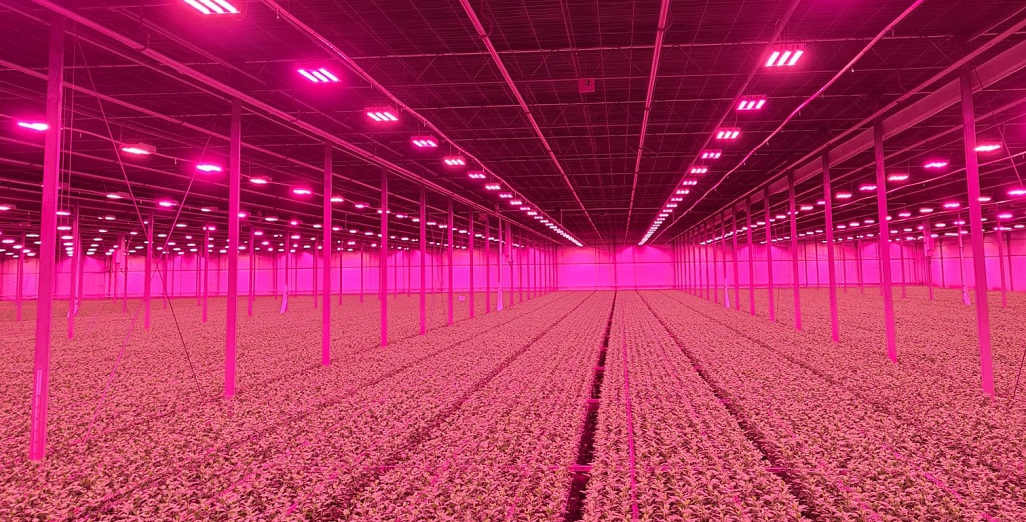
Integration of Philips GrowWise control system with climate computer allows Huisman Chrysanten to light more effectively and efficiently

New Philips GreenPower LED toplighting force 2.0

Condensation re-visited
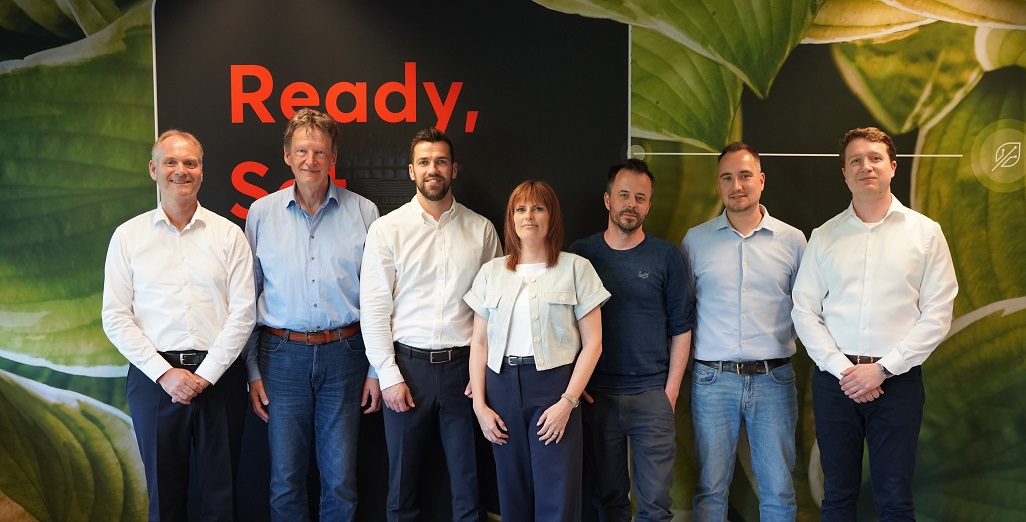
Philips GrowWise Research Center to test and showcase intelligent lighting
